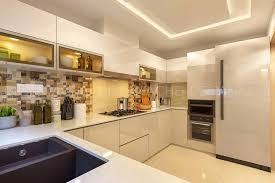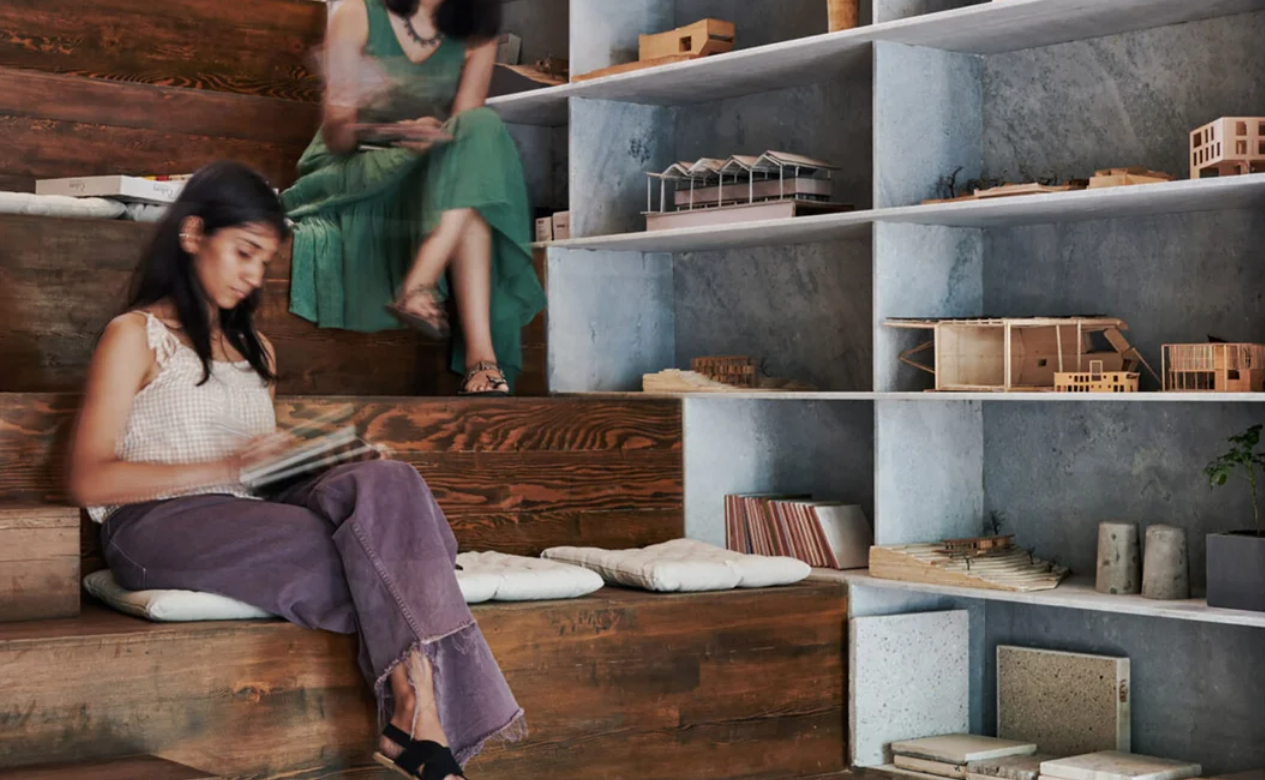
Mumbai—a city of dreams, diversity, and dynamic development—is an architectural marvel in itself. It tells stories of colonial grandeur, indigenous roots, industrial growth, and modern aspirations, all etched into its eclectic skyline. From the intricate Victorian-Gothic buildings of South Mumbai to the sleek glass towers in Bandra-Kurla Complex, the city represents a harmonious juxtaposition of the past and present. This fusion is no accident but rather a conscious endeavour led by a new generation of visionary architects in Mumbai who blend tradition with contemporary design to shape urban spaces that are both culturally resonant and future-ready.
In an era when globalization threatens to dilute local identity, architects in Mumbai are setting a powerful example by preserving historical aesthetics while incorporating modern materials, smart technologies, and sustainable practices. The result? Spaces that feel both rooted and relevant—designs that narrate Mumbai’s rich heritage while embracing its ever-evolving urban fabric.
The Cultural Context: Mumbai’s Architectural Heritage
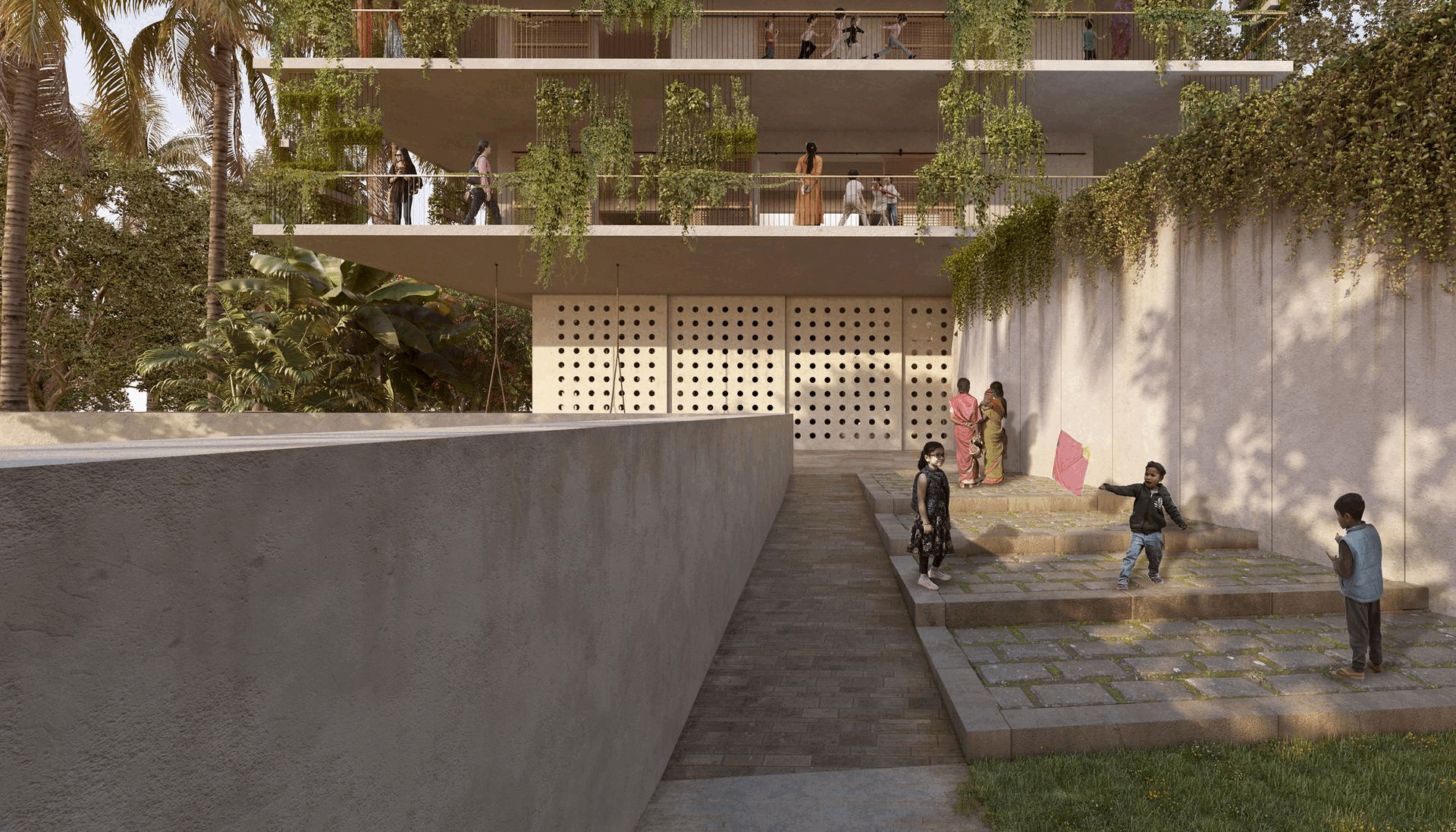
To understand the present, one must first appreciate the past. Mumbai’s architectural foundation was laid in the 18th and 19th centuries during British colonial rule. Iconic structures like the Chhatrapati Shivaji Maharaj Terminus, the Gateway of India, and the Bombay High Court still stand as monumental examples of Indo-Saracenic, Gothic, and Neoclassical architecture.
In addition to colonial buildings, Mumbai has always been home to vernacular architectural styles like the chawls of Girgaon and the wadas of Dadar, which catered to community-centric living. These structures emphasized ventilation, shared courtyards, and economical use of space—principles that remain relevant today.
The post-independence period witnessed the rise of modernist influences through the work of architects like Charles Correa and B.V. Doshi, who sought to develop an architectural language suited to India’s climate, culture, and economic conditions. Their legacy continues to inspire architects in Mumbai, encouraging a balance between cultural continuity and modern design innovation.
The Need for Blending Tradition and Modernity
Mumbai’s demographic and spatial challenges demand creative, context-aware architectural solutions. High population density, land scarcity, heritage conservation, and environmental concerns are just a few of the factors that architects in Mumbai must consider. To address these, many are turning to traditional principles—like passive cooling, natural lighting, and community spaces—while integrating them with modern technologies and materials.
This hybrid approach is not merely aesthetic; it’s functional and sustainable. For example, incorporating jalis (perforated screens) provides privacy and reduces heat gain, while using locally sourced materials reduces carbon footprints. At the same time, steel frameworks, glass façades, and automation allow for structural efficiency and contemporary appeal.
Iconic Projects Showcasing the Fusion of Old and New

Numerous architectural projects in Mumbai illustrate this thoughtful synthesis. Whether in residential, commercial, or public infrastructure, designers are pushing boundaries while paying homage to heritage.
- Adaptive Reuse Projects
One of the most impactful ways to blend the old with the new is through adaptive reuse, transforming heritage structures into functional modern spaces. Old mills in Lower Parel have been repurposed into upscale offices and shopping centers, retaining brick walls and wooden trusses while incorporating glass elevators, air-conditioning, and high-end interiors.
- Cultural and Educational Institutions
Institutions like the Bhau Daji Lad Museum have undergone careful restoration, balancing classical aesthetics with contemporary additions like visitor centers and exhibition wings. The new elements are deliberately minimalist, so as not to overshadow the original design.
- Residences and Bungalows
Many luxury homes in areas like Juhu and Bandra incorporate vernacular design elements such as inner courtyards, sloping tiled roofs, and carved wooden doors, while also featuring minimalist interiors, energy-efficient lighting, and smart home systems.
These projects speak to the rising consciousness among architects in Mumbai—a recognition that architecture is not just about constructing new buildings but also about protecting and evolving the identity of the city.
Role of Interior Designers in Reinforcing the Architectural Vision
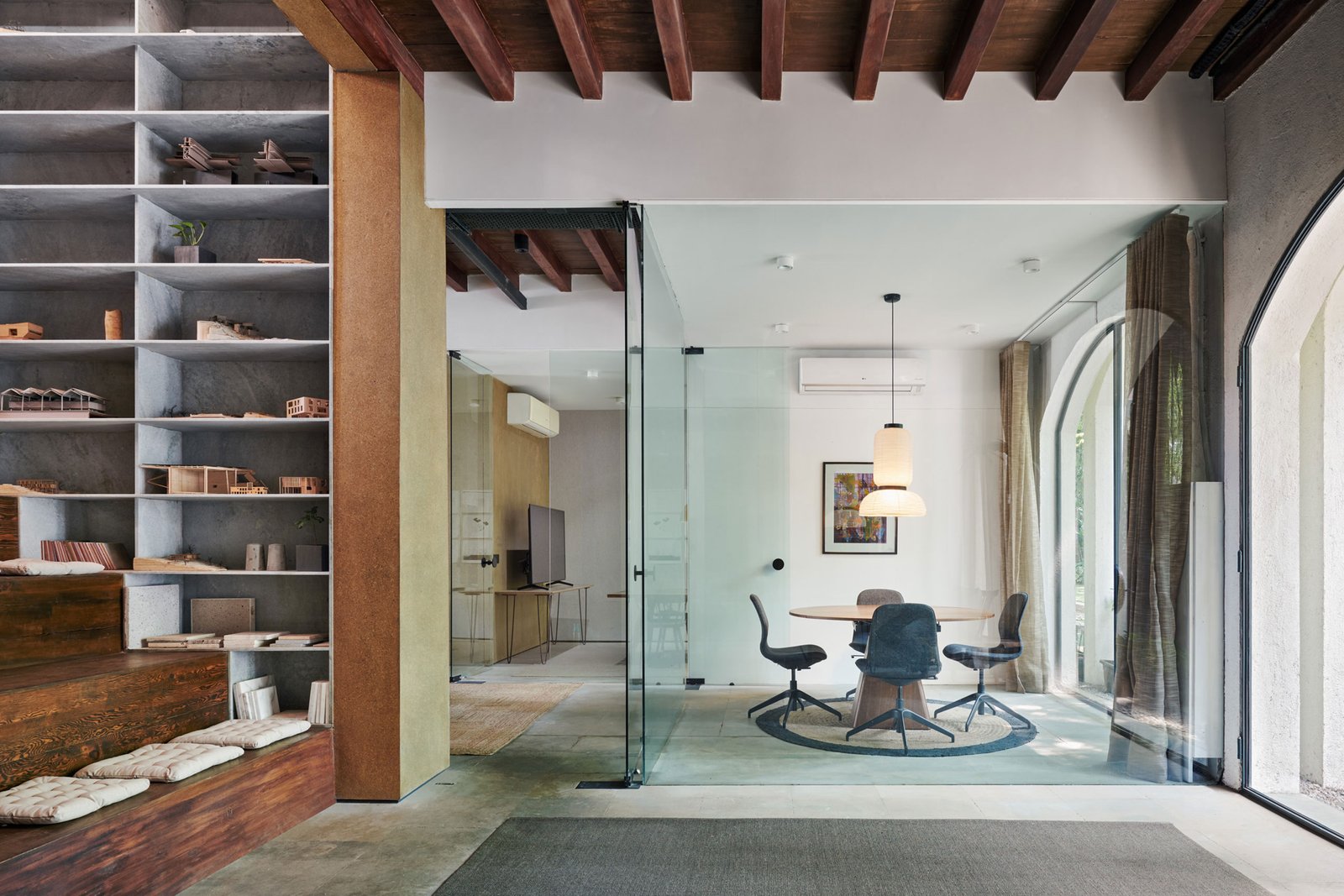
The role of interior designers in Mumbai has become increasingly critical in enhancing and extending the architectural narrative within built spaces. Much like architects, interior designers are also embracing a fusion of styles, combining vintage Indian craftsmanship with modern decor trends.
Interior design now involves:
- Integrating traditional elements such as ethnic textiles, brass fixtures, and heritage artworks into sleek, modern layouts.
- Promoting sustainable design through eco-friendly materials, upcycled furniture, and efficient spatial planning.
- Creating flexible living environments that can adapt to changing needs without compromising aesthetics.
With more architectural firms offering integrated architecture and interior design services, the transition from structural form to lived experience is becoming more seamless. This collaboration ensures that the exterior and interior speak the same design language, resulting in holistic and immersive spaces.
Sustainability and Smart Design
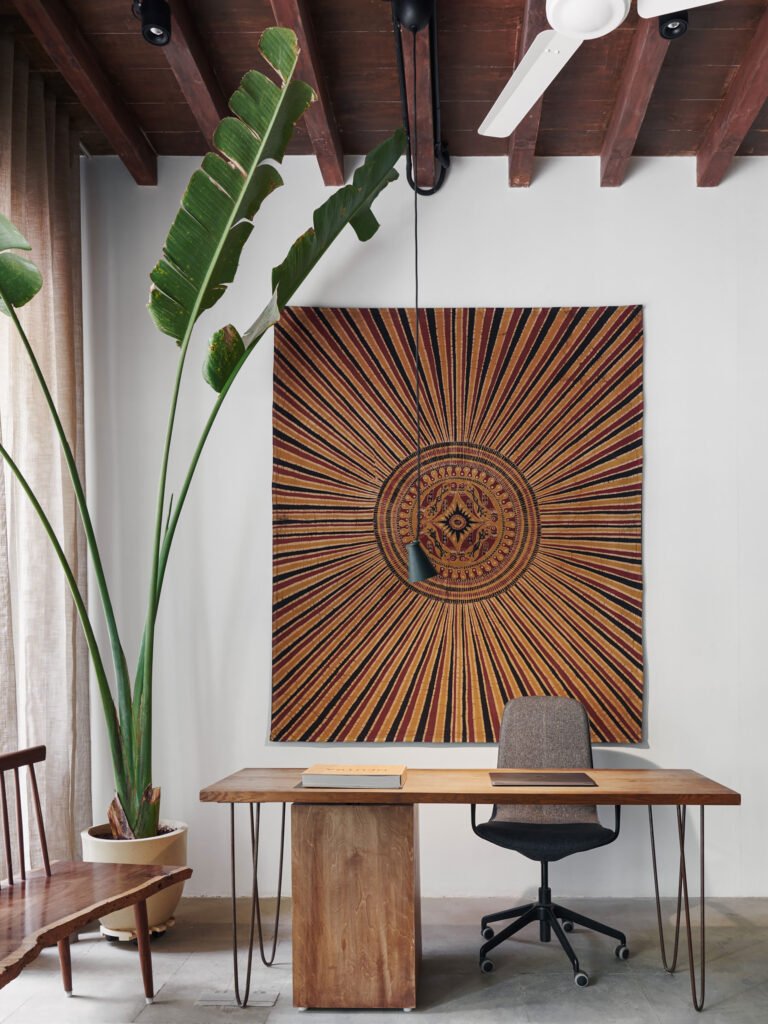
Blending tradition with modernity isn’t just about appearances—it’s also about embracing sustainable design principles. The wisdom embedded in traditional Indian architecture often aligns perfectly with today’s green building standards. Architects in Mumbai are leveraging age-old techniques—such as orientation based on sunlight, cross-ventilation, and the use of courtyards—while incorporating innovations like solar panels, greywater systems, and energy management tools.
Similarly, interior designers in Mumbai are contributing by selecting VOC-free paints, reclaimed wood furniture, and LED lighting systems. Smart home automation is being integrated to control energy usage, offering convenience without compromising environmental responsibility.
Together, these practices reflect a strong shift toward responsible and resilient design that honors the past while preparing for the future.
A New Generation of Architects and Designers
The city is witnessing the emergence of a new wave of architects and designers who are globally educated but deeply rooted in Indian culture. They understand the importance of storytelling in design, and their work often reflects local art, traditions, and materials interpreted through a modern lens.
These professionals are not only shaping high-rises and lavish villas but also investing time in social housing, public installations, and community projects that make design accessible and meaningful for all. The collaborative spirit between architects in Mumbai and interior designers in Mumbai is leading to projects that are inclusive, culturally aware, and technologically advanced.
Conclusion
Among the most respected names in this evolving landscape is Architecture BRIO, a firm that exemplifies the harmonious fusion of tradition and contemporary architecture. Known for their sensitivity to site, climate, and culture, Architecture BRIO creates designs that are grounded in ecological consciousness and cultural context.
Their projects span homes, institutional buildings, and hospitality spaces that reflect a seamless integration of architecture and interiors. Whether it’s a hillside villa that blends into its natural environment or a modern home echoing the traditional Indian courtyard concept, Architecture BRIO stands as a beacon of innovative and responsible design.
As architects in Mumbai, they are not only redefining what it means to build in a modern Indian metropolis but also setting new standards for sustainability, aesthetics, and social impact. As one of the forward-thinking interior designers in Mumbai, they ensure that each space resonates deeply with its inhabitants while honoring the essence of Indian heritage.
In a city as dynamic and layered as Mumbai, the work of Architecture BRIO and their peers shows that the future of architecture is not about erasing the past but elevating it through thoughtful design.

